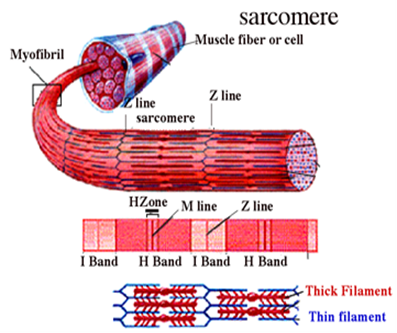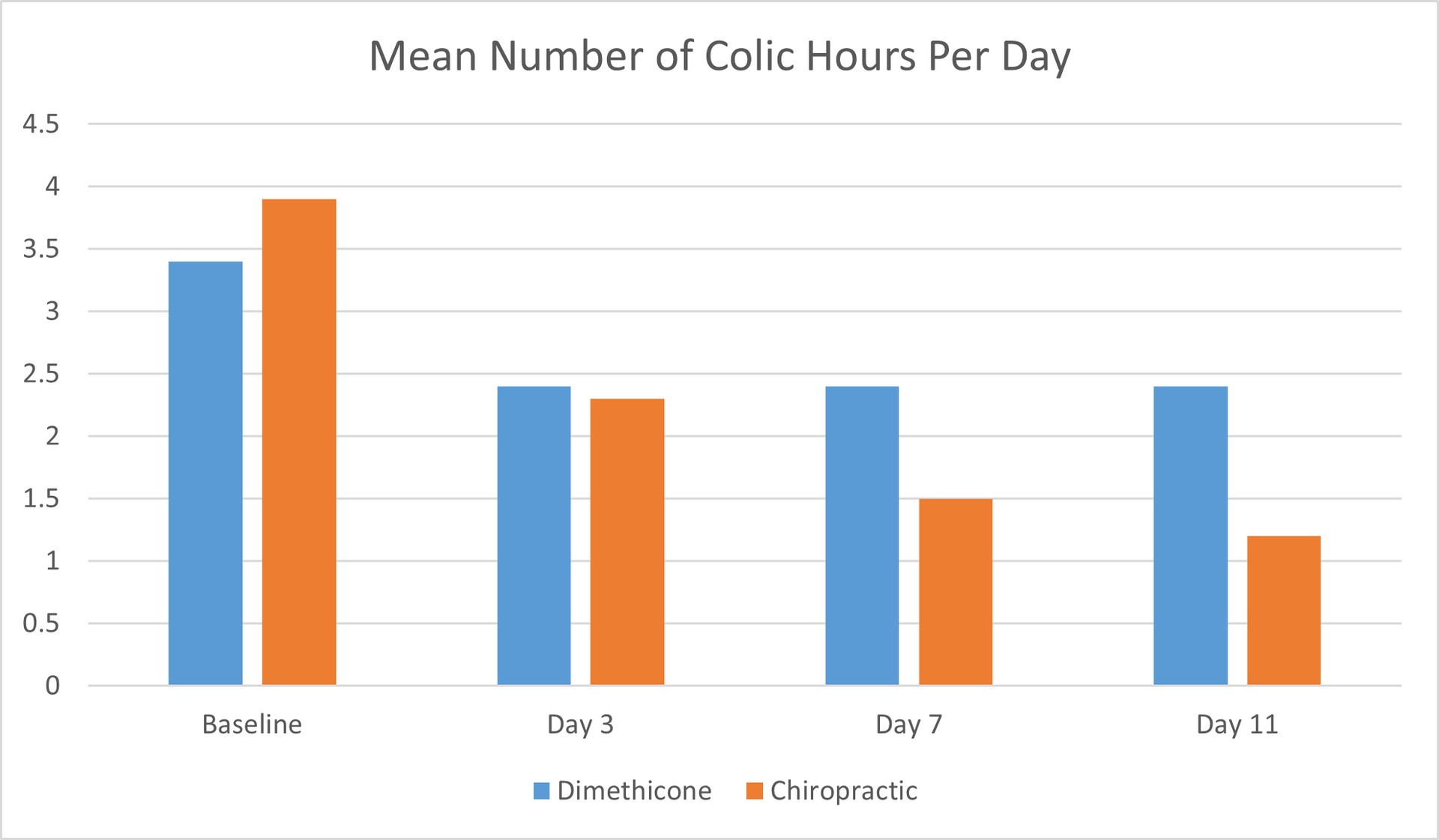Integrity Chiropractic and Shoulder Problems … What’s the Connection?
The shoulder is the one structure that relies on all major areas of your spine for proper function – your neck (cervical spine), your upper back (thoracic spine) and your lower back (lumbar spine) – therefore it is super relevant to spine function and chiropractic applications.
Relationship to the Neck
Nerve supply to the shoulder (the suprascapular nerve, the axillary nerve and the lateral pectoral nerve) arise from the C5, C6 and C7 nerve roots of the neck. (1) As a result, any conditions that irritate the nerves as they exit the neck can cause symptoms in the shoulder, arm or hand. Disc bulges, joint degeneration and inflammation, as well as vertebral subluxations (improper joint motions of the spine or regional postural distortions) can all cause nerve irritation in the neck. If any of these conditions are causing shoulder pain, Integrity Chiropractic can help with postural rehab, structural rehab, adjusting the spine as well as adjusting the shoulder.
Relationship to the Upper Back
The shoulder blade (scapula) is the bone that contains the socket of the shoulder joint – A.K.A. the glenoid fossa. Since the shoulder blade rests against the ribcage in the upper back, irritation or improper positioning of this area of the spine can cause dysfunction that directly affects the shoulder, especially related to shoulder impingements and tendinopathy. Rib subluxations and vertebral subluxations are common in this area and improved with chiropractic care. (2, 3, 4, 5, 6)
Relationship to the Low Back
Additionally, your shoulder actually connects to your lower back area by a large muscle called the latissimus dorsi. This muscle is one of the prime mover muscles of the arm when used in any pulling motion. If your lower back is painful or dysfunctional, your latissimus dorsi can become affected, leading to shoulder restriction and pain.
Additionally, shoulder issues can influence the functional equilibrium of your back. Therefore, it’s important to have your entire spine checked by Dr. Leatherman or Dr. Bak, even when your symptoms are located in a single joint like the shoulder.
Specific Functional Anatomy
The shoulder joint is classified as a ball-and-socket joint, making it one of the most mobile joints in the human body. However, unlike the hip joint, the socket of the shoulder is shallow rendering it structurally more unstable than the hip. This relative instability allows for the greatest range of motion of any joint but requires an intricate system of muscles (rotator cuff) to support it. The rotator cuff is made up of four muscles: the Subscapularis, the Supraspinatus, The Infraspinatus and The Teres Minor.
Subscapularis - the strongest rotator cuff muscle responsible for internal rotation of the shoulder. This muscle is most commonly indicated as the cause of painful rotator cuff syndromes. (7)
Supraspinatus - this muscle sits at the top of the shoulder, and is the muscle that is usually involved in bursitis or tendinitis shoulder problems. This is the same muscle that is so commonly injured in throwing sports as well. (8)
Infraspinatus
- this muscle, together with the Teres minor, serves to externally rotate the arm, and prevents the shoulder from dislocating when something is thrown, such as a baseball. The infraspinatus is the second most commonly injured rotator cuff tear usually along with the supraspinatus. (9)
The Predicament of Stability vs. Mobility
Unfortunately, these muscles are called upon to perform double functions: stabilization of the shoulder girdle and mobility of the arms and shoulder joint. The double duty leads to rotator cuff stress and strain, especially when the shoulder position is compromised by poor posture or repetitive movements. Therefore the joint complex is more prone to injury without trauma.
Rotator cuff problems are typically the cause of numerous shoulder symptoms like bursitis, tendonitis, shoulder impingement or peripheral nerve entrapment. (2, 3, 4, 5, 6, 9) Dr. Leatherman or Dr. Bak can check for these conditions through functional orthopedic examination tests, and suggest the best treatment options if dysfunctions or injury are found.
Proper Posture Sets the Tone
Good postural alignment is the starting point for proper function of any joint. The shoulder is no exception. With too much or too little mobility of the shoulder joint, proper alignment of the shoulder is very important. The length and strength of muscles around the shoulder joint determine the shoulder’s structural integrity and this is affected by poor spinal posture. Dr. Leatherman and Dr. Bak start every examination with a full postural analysis from the feet to the head due to this relationship.
Negative Contribution of Technology
According to the US. Census bureau’s Current Population Survey (CPS) and American Community Survey (ACS), since 1984 Statistics show that computer usage is increasing dramatically. “In 1984, 8 percent of households had a computer according to the CPS. By 2000, about half of all households (51 percent) had a computer. In 2015, this percentage had grown to 79 percent. The ACS, by contrast, indicated that in 2013, 84 percent of households had a computer (desktop or laptop, handheld, or other), with the percentage growing to 87 percent in 2015. In 2016, 89 percent of households had a computer. (10)
In 2016, the U.S. Census Bureau first measured smartphone, tablets, desktop or laptop computers: 76% percent of households had a smartphone, 58% of households had a tablet, but desktop or laptop computers still led the way with use by 77% of households. (11)
Many of us are guilty of spending hours sitting at the computer in a poor postural position. Laptops, tablets and smartphones are even worse than desktops. This can lead to the muscles of the chest and front of the neck being shortened, and the postural muscles of the upper back are lengthened, putting them in a weakened position. This is called: UPPER-CROSSED SYNDROME (UCS), also referred to as proximal or shoulder girdle crossed syndrome. This pattern of imbalance creates joint dysfunction, particularly at the skull, C4-C5 segment, cervico-thoracic joint, shoulder joint, and T4-T5 segment. These postural changes decrease shoulder stability. (12)
Over time, not only does this lead to stress and strain of the postural muscles around the neck and upper back, but it also places the shoulder joint slightly out of position. As a result, every movement the shoulder experiences in this faulty position increases the wear and tear on the joint and makes it vulnerable to arthritic changes.
In closing, shoulder problems are complex. They can be related to every major area of your spine - lumbar, thoracic and cervical. Postural and muscle imbalances often lead to shoulder joint problems. Pay attention to your posture, and be sure to exercise and stretch the muscles of the shoulders to maintain proper balance and shoulder position. Lastly, be sure to have your spine adjusted regularly to maintain proper spinal hygiene.
References:
- Okwumabua E, Thompson JH. Anatomy, Shoulder and Upper Limb, Nerves. [Updated 2018 Oct 27]. In: StatPearls [Internet]. Treasure Island (FL): StatPearls Publishing; 2019 Jan-. Available from: https://www.ncbi.nlm.nih.gov/books/NBK526056/
- 38. Kardouni JR, Shaffer SW, Pidcoe PE, Finucane SD, Cheatham SA, Michener LA. Immediate changes in pressure pain sensitivity after thoracic spinal manipulative therapy in patients with subacromial impingement syndrome: a randomized controlled study. Man Ther. 2015;20:540–46. doi: 10.1016/j.math.2014.12.003. https://www.ncbi.nlm.nih.gov/pubmed/25595413
- Munday S, Jones A, Brantingham J, Globe G, Jensen M, Price J. A randomized, single-blinded, placebo-controlled clinical trial to evaluate the efficacy of chiropractic shoulder girdle adjustment in the treatment of shoulder impingement syndrome. JACA Online. 2007;44(6):6–15.
- https://www.ncbi.nlm.nih.gov/pmc/articles/PMC5215137/
- Haik MN, Alburquerque-Sendin F, Silva CZ, Siqueira-Junior AL, Ribeiro IL, Camargo PR. Scapular kinematics pre- and post-thoracic thrust manipulation in individuals with and without shoulder impingement symptoms: a randomized controlled study. J Orthop Sports Phys Ther. 2014;44:475–87. doi: 10.2519/jospt.2014.4760. https://www.ncbi.nlm.nih.gov/pubmed/24853923
- Boyles RE, Ritland BM, Miracle BM, Barclay DM, Faul MS, Moore JH, et al. The short-term effects of thoracic spine thrust manipulation on patients with shoulder impingement syndrome. Man Ther. 2009;14:375–80. doi: 10.1016/j.math.2008.05.005. https://www.ncbi.nlm.nih.gov/pubmed/18703377
- Muth S, Barbe MF, Lauer R, McClure PW. The effects of thoracic spine manipulation in subjects with signs of rotator cuff tendinopathy. J Orthop Sports Phys Ther. 2012;42:1005–16. doi: 10.2519/jospt.2012.4142. https://www.ncbi.nlm.nih.gov/pubmed/22951537
- Leahy, Michael: Altered Biomechanics of the Shoulder and Subscapularis. Chiropractic Sports Medicine; Vol. 5, No. 3, 1991.
- Minagawa H, Yamamoto N, Abe H, et al. Prevalence of symptomatic and asymptomatic rotator cuff tears in the general population: From mass-screening in one village. J Orthop. 2013;10(1):8–12. Published 2013 Feb 26. doi:10.1016/j.jor.2013.01.008 https://www.ncbi.nlm.nih.gov/pmc/articles/PMC3768248/
- Leahy, Michael: Myofascial Release Technique and Mechanical Compromise of Peripheral Nerves of the Upper Extremity. Chiropractic Sports Medicine; Vol. 6, No. 4, 1992.
- Computer and Internet Use in the United States: 2016. American Community Survey Reports. Issued August 2018. https://www.census.gov/content/dam/Census/library/publications/2018/acs/ACS-39.pdf
- Izraelski J. Assessment and Treatment of Muscle Imbalance: The Janda Approach. J Can Chiropr Assoc. 2012;56(2):158.
https://www.ncbi.nlm.nih.gov/pmc/articles/PMC3364069/



Phone
officemanager@integritychiro.com
Address
431 E Hollywood Blvd
Mary Esther, Florida 32569-2058
Business Hours
Monday 7:55 am - 12:00 pm + 1:55 pm - 6:00 pm
Tuesday 7:55 am - 9:00 am + 1:55 pm - 6:00 pm
Wednesday 7:55 am - 12:00 pm + 1:55 pm - 6:00 pm
Thursday 7:55 am - 9:00 am + 1:55 pm - 6:00 pm
Friday 7:55 am - 12:00 pm
Payment Options






